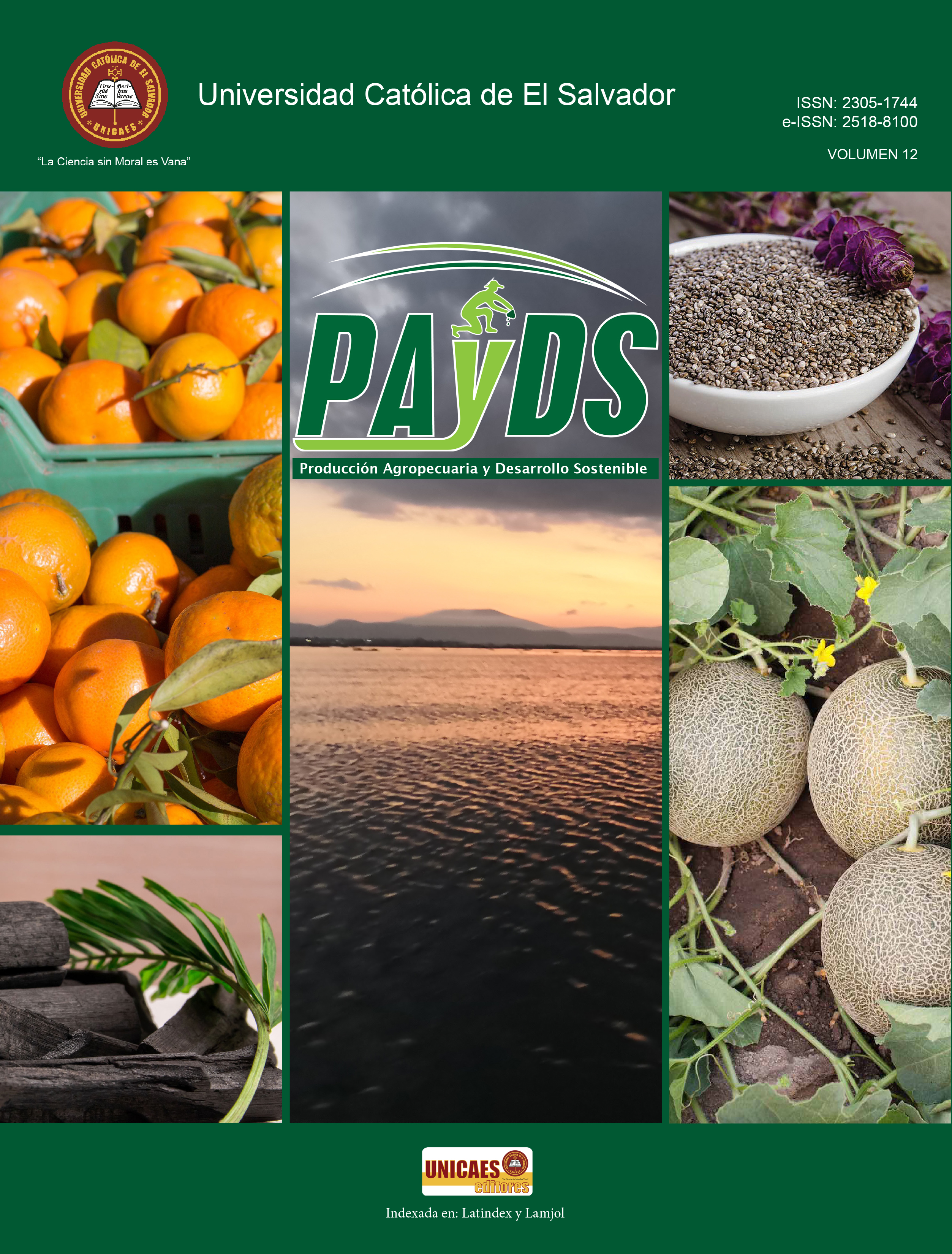Characterization of sensor types and their interaction with physical reality
DOI:
https://doi.org/10.5377/payds.v12i1.17421Keywords:
Sensors, transduction principle, sensor typology, sensor categoriesAbstract
Sensors are key elements in current technological development, considered as valuable as computers were in their time. They have become indispensable measurement tools for technological advances, widely used in various aspects of human life. Sensors have increased our understanding of the world, providing a macroscopic view of human interactions with the ever-changing environment.
Many experts believe that sensors will play a crucial role in building a smarter and more sustainable planet. They enable the quantification of natural resource usage and monitoring waste disposal, leading to a better distribution of these valuable yet limited resources.
To accurately describe and characterize sensors, an approach to existing literature on the subject was taken. A thorough search was conducted in various texts closely related to the topic, with a preference for English-language sources, given its prominence in scientific production. This process revealed numerous types and categories of sensors.
This work presents and documents different types of sensors, describing their mechanisms of interaction with physical quantities and providing relative operational descriptions
Downloads
717
Downloads
Published
How to Cite
Issue
Section
License

This work is licensed under a Creative Commons Attribution-NonCommercial 4.0 International License.
© Producción Agropecuaria y Desarrollo Sostenible
Copyright of the articles is transferred to the journal Producción Agropecuaria y Desarrollo Sostenible
As a user of this journal, you have:
- Open access to consult the information contained in this issue
- Permission to copy, distribute, display, perform or combine past practices in the use of information, provided it is strictly non-profit.
This journal uses a CC BY-NC license





